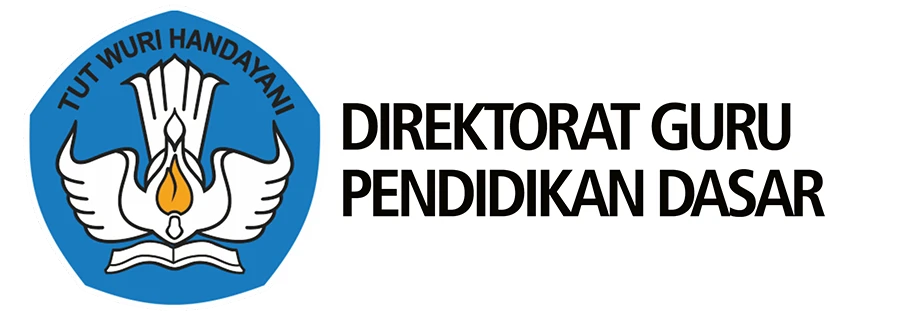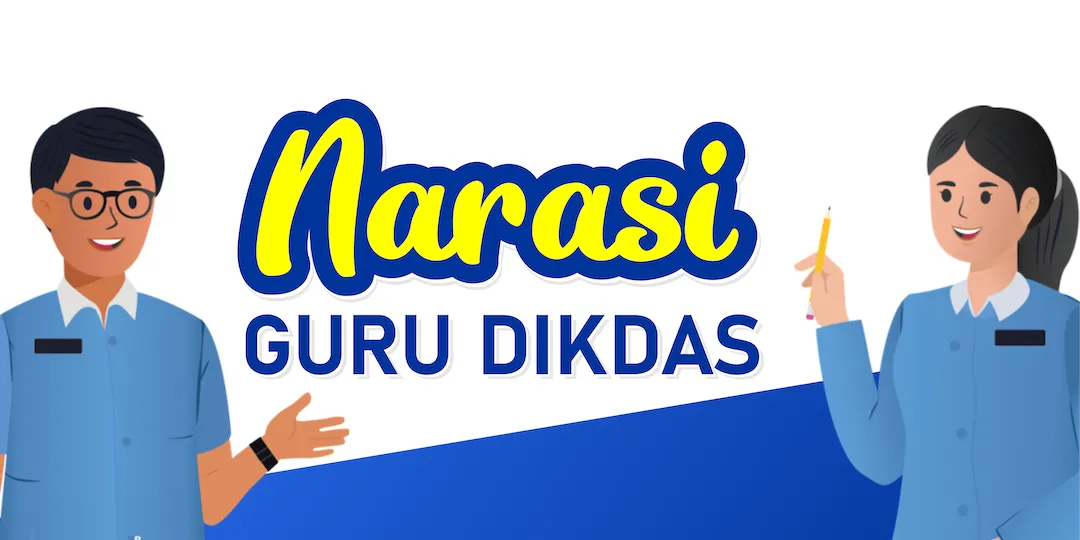Upaya Meningkatkan Aktivitas Belajar Matematika Peserta Didik Kelas VII pada PJJ Melalui Leksimo
DOI:
https://doi.org/10.26811/didaktika.v5i3.339Abstract
The success of distance learning (PJJ) in mathematics requires teachers to be able to activate students in learning. This study was conducted to determine the increase in student activity in PJJ through using reflection sheets and emoji symbols in mathematics subjects through LKPD with Leksimo. This research is classroom action research, consisting of planning, action implementation, observation, and reflection stages in two cycles using LKPD with Leksimo. Research data were collected through observation and reflection sheets at the end of each cycle and then analyzed by qualitative and quantitative analysis. The results showed that the use of LKPD with Leksimo could activate students in the PJJ from the moderately active category with a percentage of 33.33% in the first cycle increasing to 58.33% with the active category in the second cycle. The emotional condition of students is very good in understanding and enthusiastic about doing assignments from 35.48% in the first cycle to 54.84% in the second cycle. Students who found obstacles or there was confusion in understanding assignments decreased from 25.81% to 6.45%, which means that teachers can help students overcome obstacles to actively participate in learning with the emoji column on the LKPD. The increase in student activity was also marked by filling out the reflection sheet which showed an increase in parental control and supervision from 29% in cycle I to 71% in cycle II.
References
Abtahi, M., & Battell, C. (2017). Integrate Social Justice Into the Mathematics Curriculum in Learning. Jurnal Ilmiah Peuradeun, 5(1), 101-114. doi:10.26811/peuradeun.v5i1.123
Anim, A., Prasetyo, Y., & Rahmadani, E. (2019). Experimentation of Problem Posing Learning Model Assisted of Autograph Software to Students’ Mathematical Communication Ability in Terms of Student’s Gender. Jurnal Ilmiah Peuradeun, 7(2), 331-342. doi:10.26811/peuradeun.v7i2.301
Cahyati, N., & Kusumah, R. (2020). Peran Orang Tua dalam Menerapkan Pembelajaran di Rumah Saat Pandemi Covid 19. Jurnal Golden Age, 4(1), 152–159.
Choi, J., Walters, A., & Hoge, P. (2017). Self-Reflection and Math Performance in an Online Learning Environment. Online Learning Journal, 21(4), 79–102. http://dx.doi.org/10.24059/olj.v21i4.1249
Depdiknas. (2008). Panduan Pengembangan Bahan Ajar. Dirjen Pendidikan Dasar dan Menengah.
Fonna, M., & Mursalin, M. (2018). Role of Self-Efficacy Toward Students’ Achievement in Mathematical Multiple Representation Ability (MMRA). Jurnal Ilmiah Peuradeun, 6(1), 31-40. doi:10.26811/peuradeun.v6i1.174
Jauharul, F., Muhammad. (2016). Pengembangan Aplikasi Evaluasi Pembelajaran Online untuk Pendidikan Jarak Jauh. Jurnal Tekno, 26(2), 148–154.
Khoiriah, K. (2019). Peningkatan Keterampilan Proses Sains dan Hasil Belajar Peserta Didik melalui Penerapan Lembar Kerja Peserta didik Berbasis Penemuan. Jurnal Didaktika Pendidikan Dasar. Jurnal Didaktika Pendidikan Dasar, 3(2), 551–568. https://ojsdikdas.kemdikbud.go.id/index.php/didaktika/index
Kristina, M., Sari, R. N., & Nagara, E. S. (2020). Model Pelaksanaan Pembelajaran Daring pada Masa Pandemi Covid-19 di Provinsi Lampung. 4(2), 200–209. https://doi.org/10.24252/idaarah.v4i2.16945
Mahardini, M. M. A. (2020). Analisis Situasi Penggunaan Google Classroom pada Pembelajaran Daring Fisika. Jurnal Pendidikan Fisika Universitas Muhammadiyah Metro, 8(2), 215–224. http://dx.doi.org/10.24127/jpf.v8i2.3102
Nelyano, A. U. (2021). Increasing Student Interest in Learning with Online Remedial Teaching Using Google Drive. Jurnal Didaktika Pendidikan Dasar, 4(1), 143–150. https://doi.org/10.26811/didaktika.v4i1.154
Oliver, R., & Herrington, J. (2002). Designing for reflection in online courses. ECU Publications.
Ong, R. (2000). The role of reflection in student learning: A study of its effectiveness in complementing problem-based learning environments.
Pranata, A. (2014). Ekspresi Emosi Melalui Computer Mediated Communication Pada Pengguna Social Network Sites di Kota Surabaya. Jurnal e-Komunikasi, 4(2), 1–13.
Prastowo, A. (2012). Panduan Kreatif Membuat Bahan Ajar Inovatif. Diva Press.
Richards, J. C., & Lockhart, C. (2007). Reflective teaching in second language classrooms / Jack C. Richards and. (15th ed.). Cambridge University Press.
Rizwan. (2016). Meningkatkan Aktivitas dan Hasil Belajar Peserta Didik dalam Belajar IPA melalui Pembelajaran Kontekstual. Jurnal Educatio, 2(1), 11–20. https://doi.org/10.29210/12016227
Suana, W. (2016). Peningkatan Aktivitas dan Hasil Belajar Peserta didik pada Pembelajaran IPA dengan Pendekatan Keterampilan Proses. Jurnal Ilmiah Fisika Al-Biruni, 5(1), 5–22. https://doi.org/10.24042/jpifalbiruni.v5i1.101
Tafrilyanto, C. F., Lanya, H., & Zayyadi, M. (2020). Desain Pembelajaran Statistik Melalui Google Classroom. Jurnal Pembelajaran Matematika Inovatif, 3(6), 653–662. https://doi.org/10.22460/jpmi.v3i6.653-662
Tanimu, A. J., & Abdullah, M. H. (2013). Relevance of Emoticons in Computer-Mediated Communication Contexts: An Overview. Canadian Center of Science and Education, 9(4). https://doi.org/10.5539/ass.v9n4p201
Trianto. (2010). Model Pembelajaran Terpadu, Konsep, Strategi dan Implementasinya dalam KTSP. Bumi Aksara.
Published
Issue
Section
License
Copyright (c) 2021 Jurnal Didaktika Pendidikan Dasar

This work is licensed under a Creative Commons Attribution-ShareAlike 4.0 International License.
















